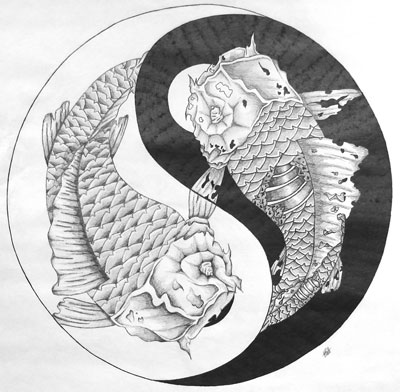All Nonfiction
- Bullying
- Books
- Academic
- Author Interviews
- Celebrity interviews
- College Articles
- College Essays
- Educator of the Year
- Heroes
- Interviews
- Memoir
- Personal Experience
- Sports
- Travel & Culture
All Opinions
- Bullying
- Current Events / Politics
- Discrimination
- Drugs / Alcohol / Smoking
- Entertainment / Celebrities
- Environment
- Love / Relationships
- Movies / Music / TV
- Pop Culture / Trends
- School / College
- Social Issues / Civics
- Spirituality / Religion
- Sports / Hobbies
All Hot Topics
- Bullying
- Community Service
- Environment
- Health
- Letters to the Editor
- Pride & Prejudice
- What Matters
- Back
Summer Guide
- Program Links
- Program Reviews
- Back
College Guide
- College Links
- College Reviews
- College Essays
- College Articles
- Back
China & India: From Underweight to Obesity
Obesity, a word that was almost never used until in the late 1900s, suddenly popped up into the public view as a prevalent worldwide health problem(See GoogleBooks). More than half of the world has a prevalence of obesity of more than 20% among adults per country. That means that about one person you choose randomly from five is obese(See WHO). Plus, note that the word “obese” is severer than merely being overweight. Even more dramatically, the countries that just endured or may still enduring a nationwide famine such as China and India, are also facing the health challenge of obesity.
What caused all of these catastrophic statistics? The millions of the reasons can be generalized into one: input with almost no output. One of the most popular theory among the Chinese describes that everything should be in balance (also supported by the fact that nature favors equilibrium). The nutrition that people absorb is the input. Those inputs (chemical energy) are then transferred into biological energy, the outputs, which support the activities humans do everyday. When people do too many work-outs without having enough food, or, the outputs overweighs the inputs, a famine is produced. And, vice versa, obesity occurs.
The significant decrease of outputs are mainly contributed by the more and more sedentary life style. According to statista, there is a huge leap of the total number of cars sold from the year of 1990 all the way up to 2014. The number is still growing every year(See statista). People are having tremendously decreased amount of activities because of those vehicles. The detrimental effects that vehicles brought to people are easily noted, especially through people in China and India. Gagan, the senior citizen of India, points out that “Everyone has a scooty( a kind of popular electric bike). There is no walking at all. No outdoor activity at all”(See CNN). While for China, the same thing happens in a more extreme way: “China Soon to Have Almost as Many Drivers as U.S. Has People”(See the Wallstreet Journal).
The fact that more and more people begin to own a car also shows the increasing financial abilities that Chinese and Indians now have, which directly lead to the parent’s concern about the education of their next generations. The study pressure boosts due to the lack of higher educational sources in the society, and the time commitment of sitting down and doing homework skyrockets. A student from a famous Indian private school admits that they only have one hour of physical activities a week(See CNN).
Another dead blow to the fit bodies results from overeating the exotic food that contains way more nutritions than do local recipes. The spread of western food(McDonalds, KFC, Starbucks…) all contain exceedingly high calories than Chinese food do. Even worse, the “South Asians are more prone than others to convert excess food into body fat”, or, the “thrifty genes”(See CNN) that were developed over the years of famine give Chinese and Indians ability to more thoroughly transfer chemical energy to biological energy, causing people to absorb more “inputs” that followed by obesity.
The development in both countries—China and India—happened too fast. Nobody can adapt to such drastic technological advancements, neither socially nor biologically. Nor can the whole world quickly adapt to new revolutionary development. The sudden transformation of life styles breaks the “balance” and the conventions of how everything works, which results into devastating health problem — obesity.

Similar Articles
JOIN THE DISCUSSION
This article has 0 comments.
